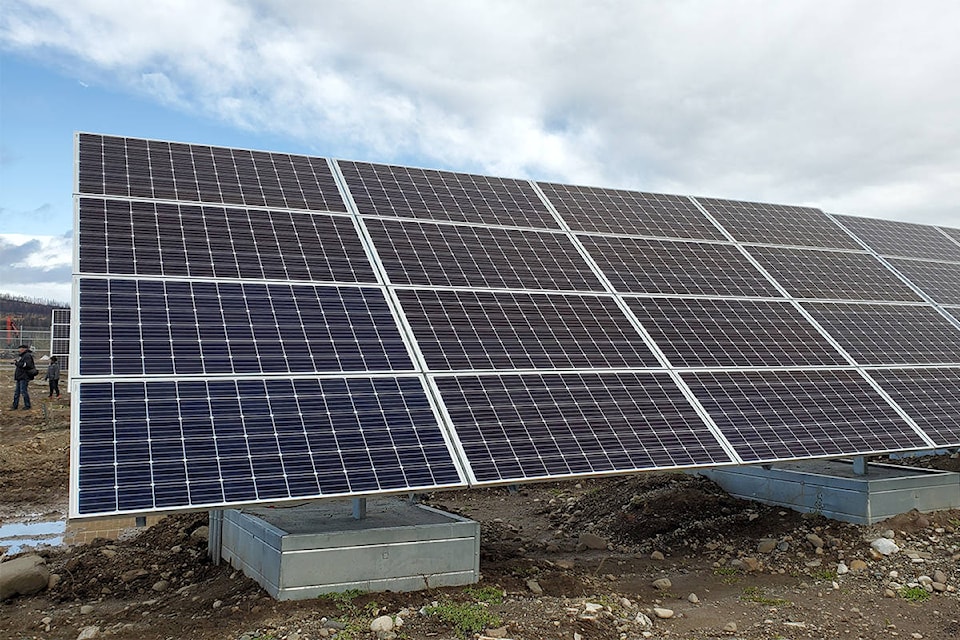”What I would do differently” is often a phrase I use when I think about some things I could do to make my 40-year-old house more energy efficient.
When I built in the late 1970s, I thought I was fairly progressive designing my west coast designed home i.e. ( 2x6 outer walls and most windows are half-inch thermal panes). I liked the idea of lots of windows in my living room (great room with its 15-foot ceiling) since I was installing an oil wood furnace, I wasn’t worried about power bills at that time. About five years ago I installed a geothermal furnace to cut down on the fire wood usage ( I still burn some in my shop wood stove).
My hydro bill did go up (as I suspected since my heating is now all electric) but if I keep my thermostat around the mid 60s and block off some windows in the winter, my annual electric bill is around $2,000 a year.
To be fair to the geothermal heating, I still have an electric water heater, old electric appliances, not many LEDs and also supply some heat to my attached garage.
With the recent virus issues, talk of a second wave and a possible economic depression I would like to have a more manageable energy budget and living options in times of emergencies.
READ MORE: Small scale logging contractors have to be versatile
What got my attention recently was the $77 annual heating bill of the Naugler House in New Brunswick which cost $2,140.82 less to heat per year than a house of the same design, on the same site, built to code.
The $178.40 per month saved on heat more than pays the additional monthly mortgage payment of $152 to build to the Passive House standard.
The above calculations do not take into account energy savings due to more efficient HRV (heat recovery ventilation).
The monthly cost of living in the Naugler House is less than living in a code-built house of the same size and design. This will be more the case when New Brunswick electricity rates increase two per cent in October 2020.
“Passive House provides energy stability, so there is no reason to not build a passive house,” concluded owners Janis and Win Naugler.
“The 1,940 square foot Naugler House, with a number of custom and durable building features beyond energy-efficiency upgrades, cost $150 per sq. ft. to construct.
The increase in cost to achieve Passive House energy efficiency over Canadian Building Code energy efficiency was 15 per cent.
With similar custom features a code-built house in Fredericton would have cost $130 per square feet.
As the owners, we enjoy the pleasant and spacious feel of the living space.
Large windows on both levels not only provide free heat, but increase the spaciousness of the open design and provide natural light to the home for most of the day.
Moreover, the house has excellent indoor air quality, and is extremely quiet inside. Quality construction is required in order to meet the high standard for a Passive House including an airtight building structure, thick walls, solid windows and doors. This provides the house with a substantial cozy feeling and comfortable healthy living.”
Unfortunately installing a lot of these energy saving features is a lot more complicated and expensive when you do it to an existing structure.
Since I did a lot of the finishing of my house I am still working on incorporating some of the upgrades which I think will make the most improvements.
Jim Hilton is a professional agrologist and forester who has lived and worked in the Cariboo Chilcotin for the past 40 years. Now retired, Hilton still volunteers his skills with local community forests organizations.
